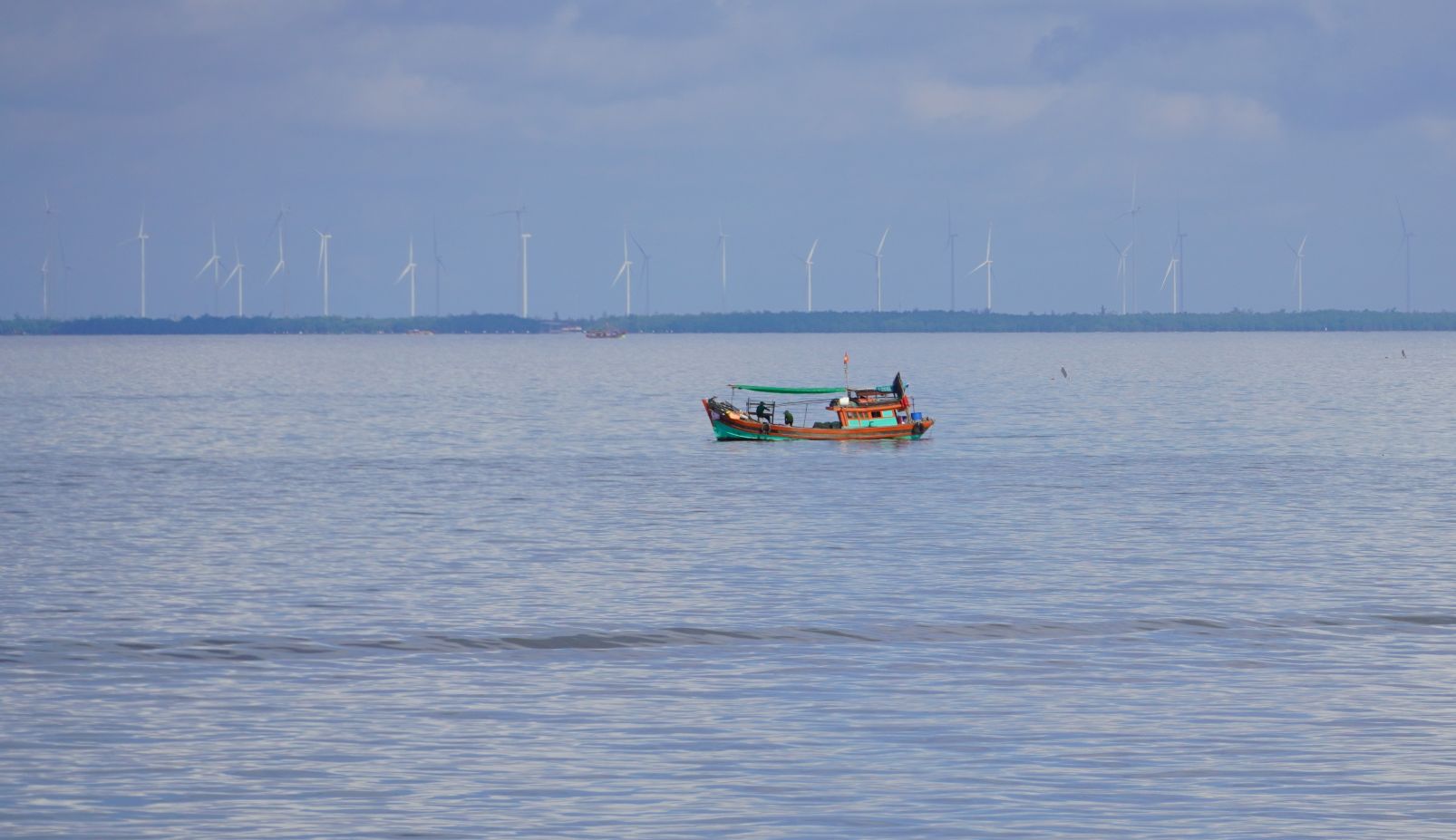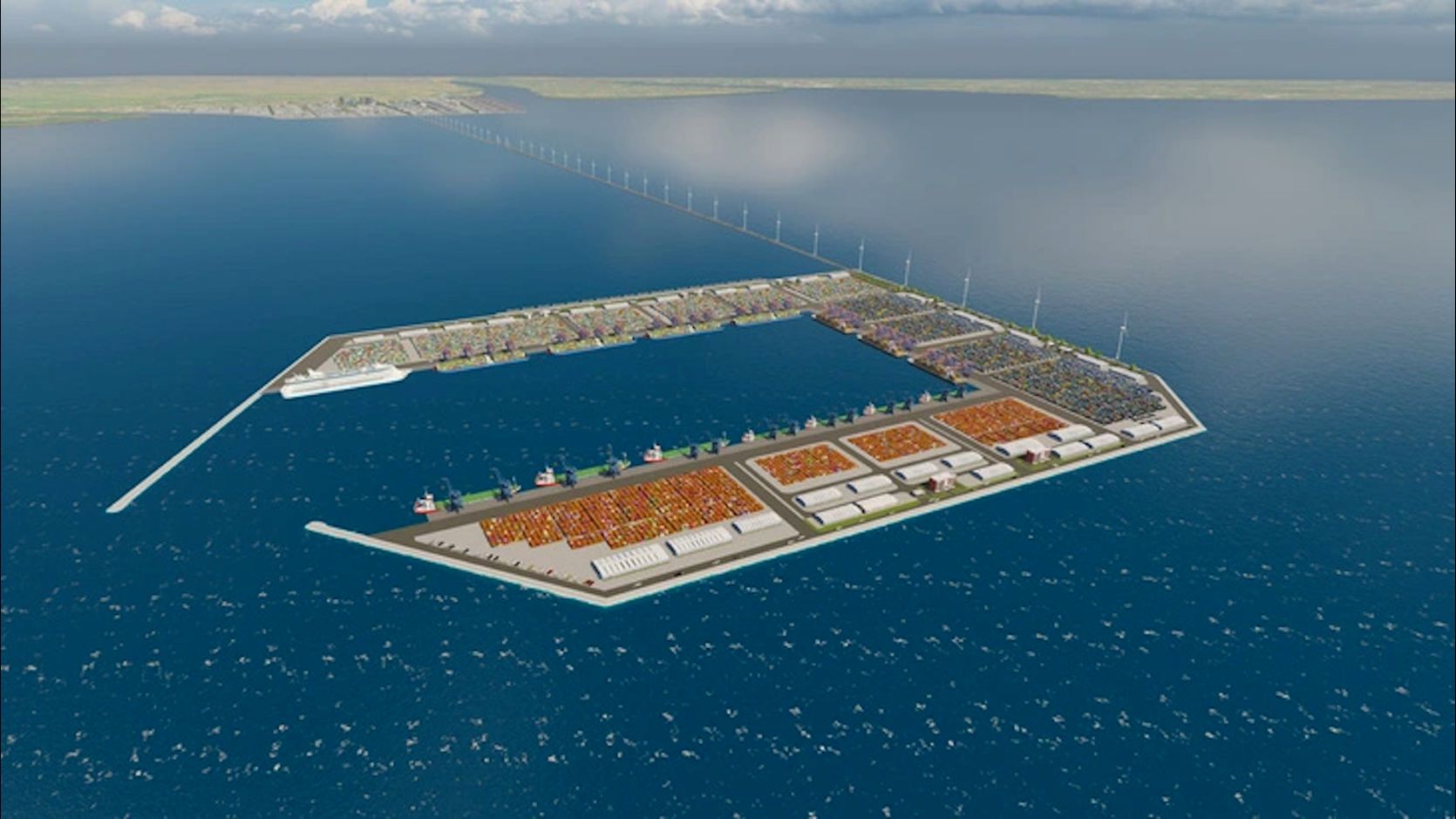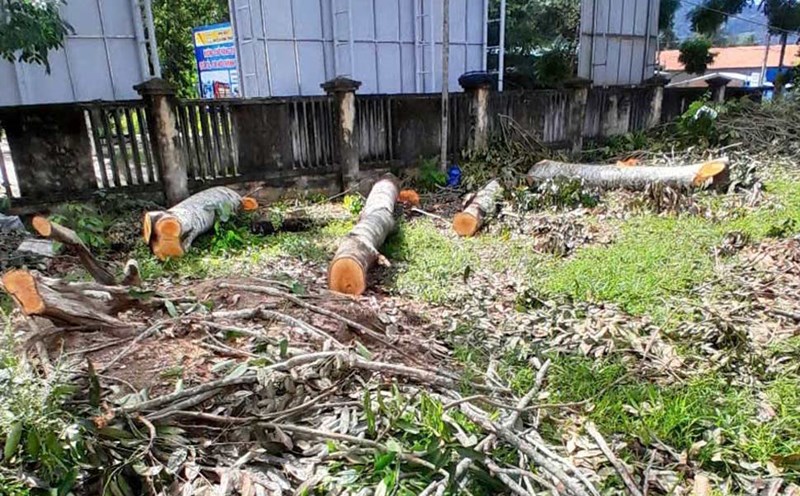From July 1, 2025, Can Tho City, Hau Giang Province and Soc Trang officially became the new Can Tho City. The merger is expected to create strong growth drivers for the socio-economic development of the entire Mekong Delta, notably the marine economy.

Sharing with Lao Dong Newspaper, Dr. Tran Khac Tam - Chairman of the Soc Trang Provincial Business Association - commented that Can Tho City has long played the role of a locomotive in developing the economy, administration, education, trade and logistics of the Mekong Delta region. However, this city still lacks one condition: developing the marine economy.
Mr. Tam said that when the administrative boundaries with Hau Giang and Soc Trang provinces are merged, Can Tho will have 72km of coastline previously in Soc Trang province. Owning a coastline is not only a change in administrative boundaries but also a step towards a development strategy. From the inland center, Can Tho can become a marine city, opening up new development space for industries such as fishing, aquaculture, renewable energy, island tourism, especially the development of industrial parks and coastal logistics services.
Mr. Tam also said that Tran De deep-water port is one of the strategic development focuses of the region. The port is planned to be large-scale, capable of receiving general and container ships up to 100,000 DWT and cargo ships departing up to 160,000 DWT.
"Tran De will become one of the key seaports in the South, sharing pressure with the port clusters of Ho Chi Minh City and Cai Mep - Thi Vai, while directly serving the export of agricultural and aquatic products to the entire Mekong Delta. For a long time, people in this area have had to spend a lot of transportation costs, this logistics problem will be solved when Tran De port comes into operation," said Mr. Tam.
In reality, one of the advantages that cannot be overlooked for Tran De is its strategic geographical location: the port is located right at the mouth of the Hau River, the main waterway of the entire Mekong Delta helps shorten 80 - 100km compared to transit through Ho Chi Minh City or Ba Ria - Vung Tau. Within a radius of 100 - 150km, Tran De can directly connect with the entire Mekong Delta province through major traffic axes such as National Highway 1A, National Highway Nam Song Hau, National Highway 60, Phung Hiep Management Board, Chau Doc - Can Tho - Soc Trang Expressway and national waterways.
The port is also located near international shipping routes from Southeast Asia to the US, European and East Asian markets without having to go through inland waters, saving time and logistics costs.

Recently, the Ministry of Construction has approved the Detailed Planning for the development of land and water areas of Soc Trang seaport for the period 2021-2030, with a vision to 2050. The plan sets a target that by 2030, the output of goods passing through the port will reach 30.7 - 41.2 million tons, of which containers will be from 0.97 - 1.36 million TEUs. The number of passengers passing through the port is estimated at more than half a million. Technical infrastructure will also be developed synchronously with 6 wharves, including 16 - 18 wharves, with a total length of nearly 2,700m to more than 3,400m. The scope of port land and water areas is clearly defined, in accordance with the needs of developing trade and exploiting sea transport.
The planning comes with a series of synchronous solutions, from perfecting policy mechanisms; mobilizing investment capital; developing high-quality human resources; environment, science and technology to strengthening international cooperation and supervising the implementation of the planning.
A leverage project that is also being prepared for implementation is the Sea Sand Exploitation Project and the Project to establish a Center for Ocean Sand Exploitation and Management. Sea sand mining activities will be implemented in Tran De district with a scale of about 4,000 hectares, divided into many stages. The project has a total estimated investment capital of about VND54,000 billion and an expected revenue of up to VND56,000 billion. This amount will be directly used for the construction of an industrial complex, logistics, non-taxable zone and Tran De deep-water port.
Soc Trang province has also planned 4,000 hectares of land for this purpose, including 1,000 hectares for logistics and logistics service areas and 3,000 hectares for logistics and logistics industrial - service areas.









